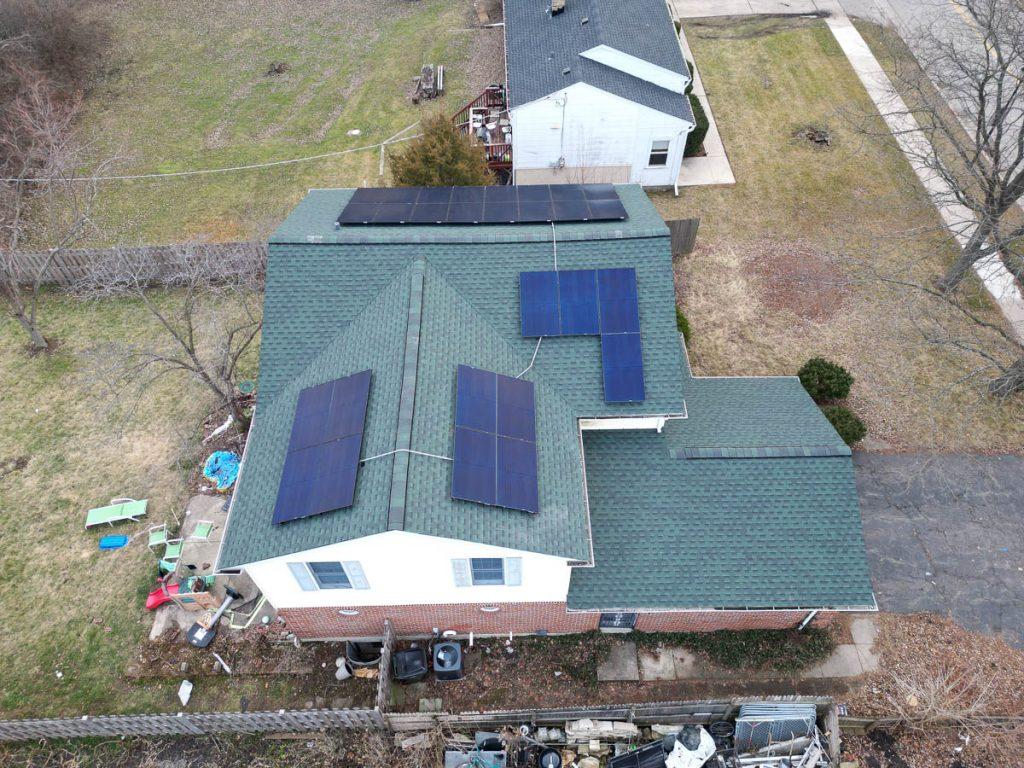IL License Number: 104.017181
IL License Number: 104.017181

A recent Holda Roofing & Siding roof replacement project brought up an important frequently asked question: “Should I replace my roof before installing solar panels?” The answer isn’t straightforward and depends on several factors. Here’s a breakdown of information that needs to be considered in order to make an informed decision.

This was the case with our recent project in Palatine, IL. While preparing for their solar panel installation, our clients realized existing asphalt shingles were worn and damaged. The roof could have lasted another five years but, being proactive, the clients recognized that their roof needed to be updated to support a new solar panel system, as it would be very difficult to repair the roof once solar panels were installed.
The decision to replace your roof before installing solar panels should be based on a thorough evaluation of your roof’s current condition, its remaining lifespan, financial considerations, and the specifics of the solar installation. Consulting with roofing and solar professionals can provide guidance tailored to your situation, ensuring that you make the best choice for your home and financial future.
With over twenty years in business and hundreds of satisfied customers, we know what it takes to properly maintain a home. Join the family of satisfied homeowners who trust Holda Construction Roofing and Siding for all their roofing and siding needs.
We look forward to working with you!
Address
317 W Colfax St. Suite 102
Palatine, IL 60067